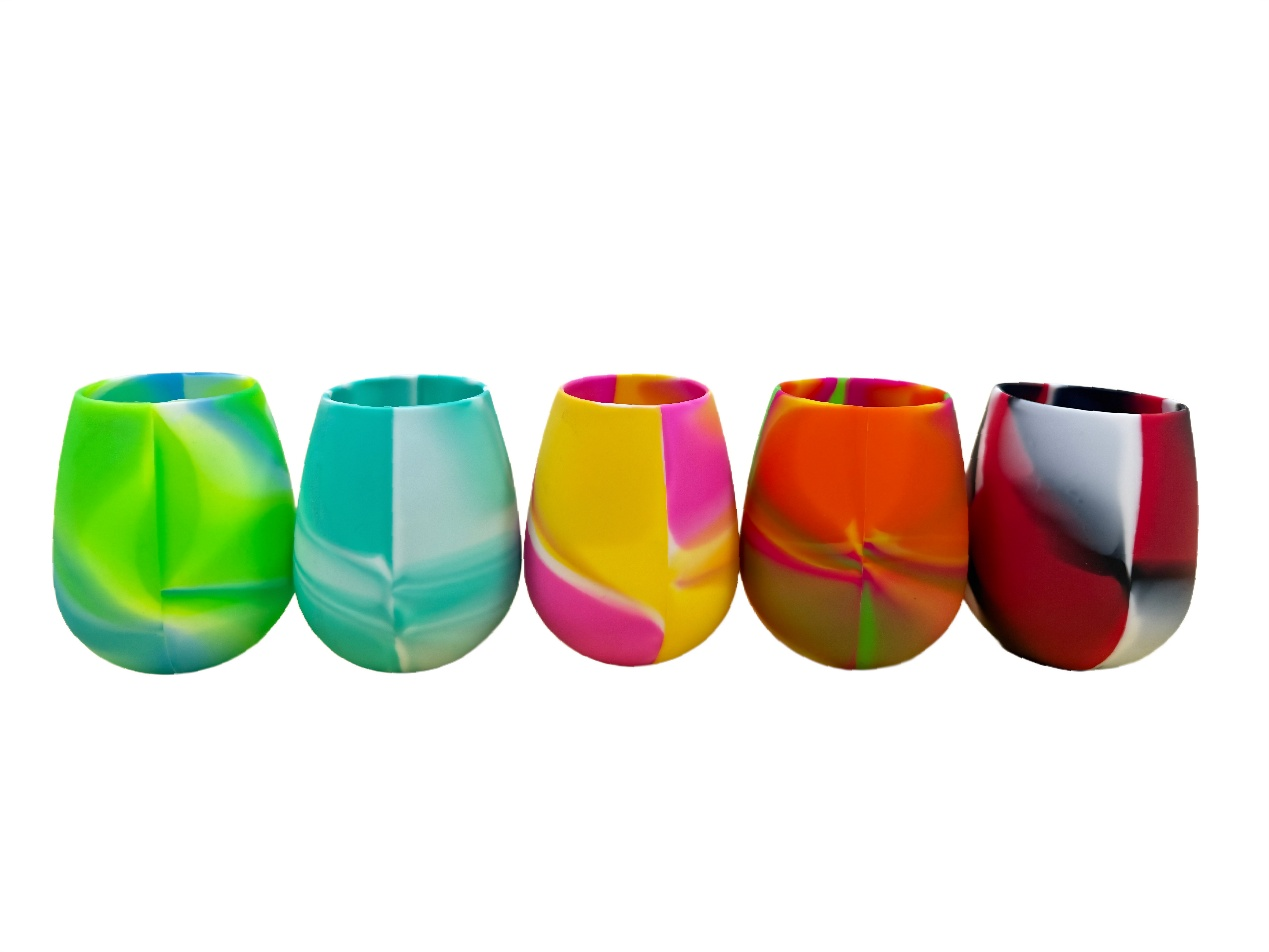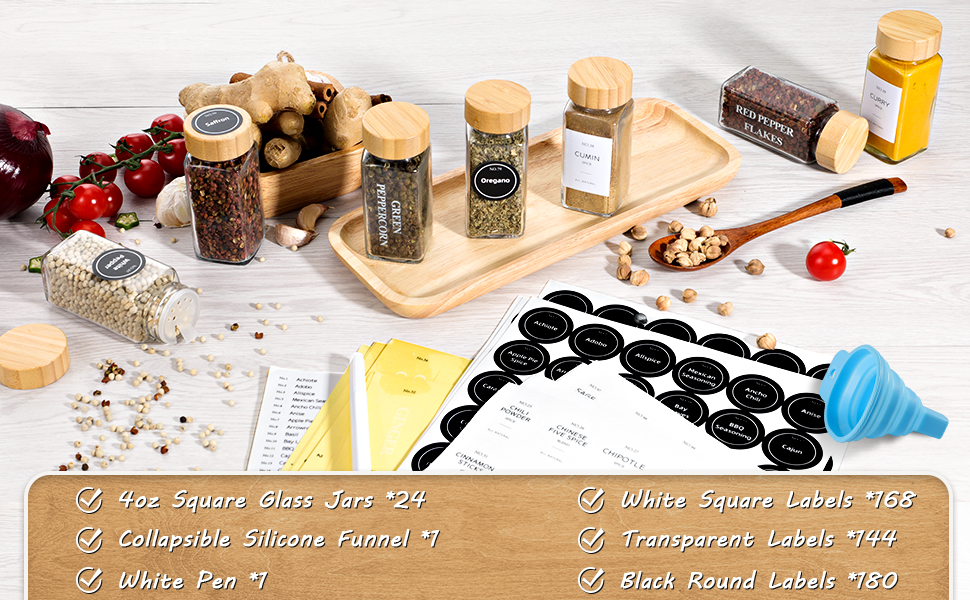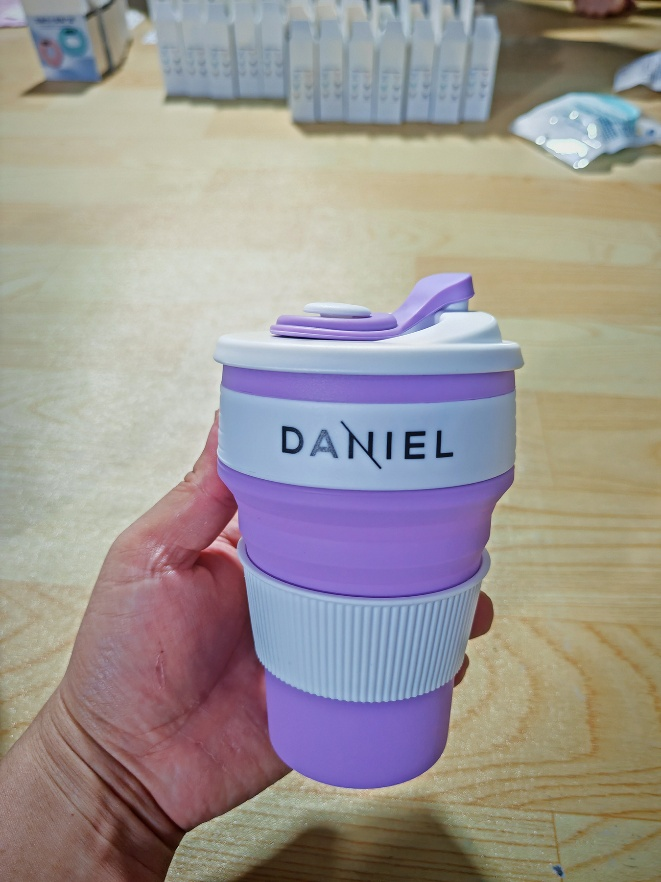Smelting and classification of lead
01. Lead smelting
The main raw materials for lead smelting are lead sulfide concentrate and a small amount of block ore. There are two methods for smelting lead: pyrometallurgy and wet metallurgy. Currently, pyrometallurgy is the main method in the world, and wet metallurgy of lead is still in the experimental research stage. The pyrometallurgical lead smelting process basically adopts the sintering roasting blast furnace smelting process, accounting for 85-90% of the total lead production; Next is the reaction melting method, which can be equipped with chamber furnaces, short kilns, electric furnaces, or vortex furnaces; Precipitation melting is rarely used. The refining of lead mainly adopts fire refining, followed by electrolytic refining, but due to customary reasons, electrolytic refining is not widely used in China.
For difficult to separate sulfide lead zinc mixed concentrates, the closed blast furnace smelting method that simultaneously produces lead and zinc is generally used for processing.
For the extremely difficult to separate mixed ore of lead and zinc oxide, a unique treatment method has been developed in China through long-term research, which involves using the raw ore or its enriched products of the mixed ore of lead and zinc oxide, sintering or pelletizing them, and melting them in a blast furnace to obtain coarse lead and molten slag containing lead and zinc. The slag is further fumigated in a fuming furnace to obtain zinc oxide products, and electrolytic zinc is obtained through wet zinc smelting. In addition, zinc oxide products can also be directly fumigated using a rotary kiln.
02. Classification of Lead
Classification of lead alloys
Lead alloys are mainly divided into corrosion-resistant alloys, battery alloys, solder alloys, printing alloys, bearing alloys, and mold alloys based on their properties and uses.
Classification of lead ingots
Lead ingots are generally divided into small ingots and large ingots
The small ingot is a rectangular trapezoidal shape with binding grooves at the bottom and protruding ears at both ends. The unit weight can be 48kg ± 3kg, 42kg ± 2kg, 40kg ± 2kg, and 24kg ± 1kg.
The large ingot is trapezoidal, with T-shaped protrusions at the bottom and gripping slots on both sides. The unit weight can be 950 kg ± 50kg, 500 kg ± 25kg.
Quality standards for lead ingots
According to the national standard GB/T 469-2005, domestic lead ingots are divided into five grades based on chemical composition: Pb99.994, Pb99.990, Pb99.985, Pb99.970, and Pb99.940.


 English
English Español
Español Português
Português русский
русский français
français 日本語
日本語 Deutsch
Deutsch Tiếng Việt
Tiếng Việt Italiano
Italiano Nederlands
Nederlands ไทย
ไทย Polski
Polski 한국어
한국어 Svenska
Svenska magyar
magyar Malay
Malay বাংলা
বাংলা Dansk
Dansk Suomi
Suomi हिन्दी
हिन्दी Pilipino
Pilipino Türk
Türk Gaeilge
Gaeilge عربى
عربى Indonesia
Indonesia norsk
norsk اردو
اردو čeština
čeština Ελληνικά
Ελληνικά Українська
Українська Javanese
Javanese فارسی
فارسی தமிழ்
தமிழ் తెలుగు
తెలుగు नेपाली
नेपाली Burmese
Burmese български
български ລາວ
ລາວ Latine
Latine Қазақ
Қазақ Euskal
Euskal Azərbaycan
Azərbaycan slovenský
slovenský Македонски
Македонски Lietuvos
Lietuvos Eesti Keel
Eesti Keel Română
Română Slovenski
Slovenski मराठी
मराठी Српски
Српски 简体中文
简体中文 Esperanto
Esperanto Afrikaans
Afrikaans Català
Català עִברִית
עִברִית Cymraeg
Cymraeg Galego
Galego 繁体中文
繁体中文 Latvietis
Latvietis icelandic
icelandic יידיש
יידיש Беларус
Беларус Hrvatski
Hrvatski Kreyòl ayisyen
Kreyòl ayisyen Shqiptar
Shqiptar Malti
Malti lugha ya Kiswahili
lugha ya Kiswahili አማርኛ
አማርኛ Bosanski
Bosanski Frysk
Frysk ជនជាតិខ្មែរ
ជនជាតិខ្មែរ ქართული
ქართული ગુજરાતી
ગુજરાતી Hausa
Hausa Кыргыз тили
Кыргыз тили ಕನ್ನಡ
ಕನ್ನಡ Corsa
Corsa Kurdî
Kurdî മലയാളം
മലയാളം Maori
Maori Монгол хэл
Монгол хэл Hmong
Hmong IsiXhosa
IsiXhosa Zulu
Zulu Punjabi
Punjabi پښتو
پښتو Chichewa
Chichewa Samoa
Samoa Sesotho
Sesotho සිංහල
සිංහල Gàidhlig
Gàidhlig Cebuano
Cebuano Somali
Somali Точик
Точик O'zbek
O'zbek Hawaiian
Hawaiian سنڌي
سنڌي Shinra
Shinra հայերեն
հայերեն Igbo
Igbo Sundanese
Sundanese Lëtzebuergesch
Lëtzebuergesch Malagasy
Malagasy Yoruba
Yoruba









